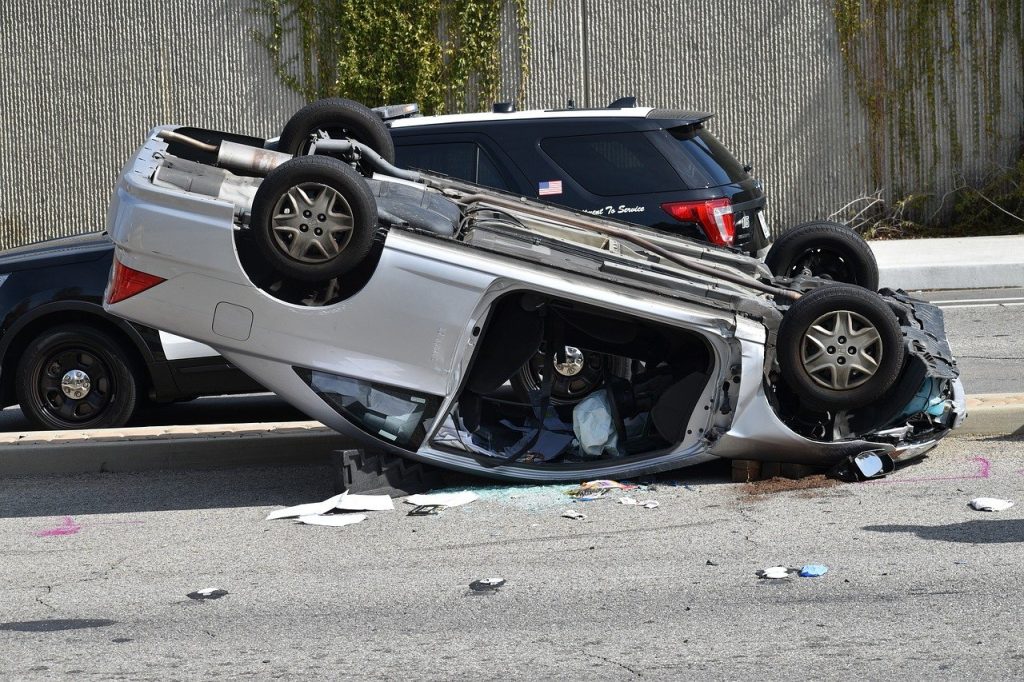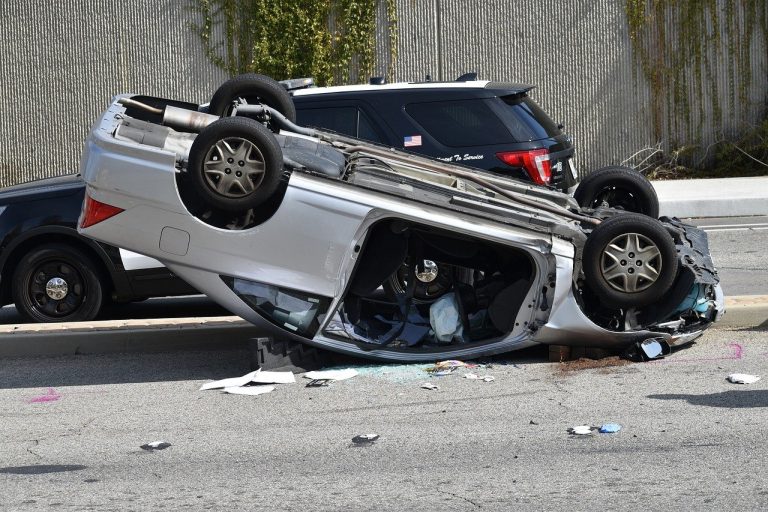
Each spring, most Individuals set their clocks ahead an hour for Daylight Saving Time (DST), however this seemingly innocent custom could also be placing lives in danger. The Texas Regulation Canine just lately carried out a complete research inspecting the connection between the springtime DST shift and a spike in deadly motorcar accidents. Their findings recommend the time change is way over a minor inconvenience—it’s a major public security hazard.
Drawing on nationwide information from the Nationwide Freeway Site visitors Security Administration (NHTSA) and peer-reviewed scientific literature, the research highlights a disturbing development: deadly crashes rise sharply within the days following the “spring ahead.” The explanation? An hour of misplaced sleep mixed with darker morning commutes and circadian rhythm disruption.
The spring transition seems to be an ideal storm of fatigue, impaired alertness, and dangerous driving situations. On common, deadly crashes enhance by 6% through the first week after the time change. In areas positioned on the western fringe of time zones the place dawn comes even later, the spike can attain as much as 8%. These areas are particularly weak, because the adjustment feels much more abrupt, and persons are compelled to begin their day in pitch-black darkness.
Morning hours are notably harmful. The info reveals that crash charges between 4 a.m. and eight a.m. skyrocket, particularly within the first few workdays after the shift. Drivers navigating their typical routes are all of the sudden extra drained and fewer conscious, which might result in severe or deadly collisions. Sadly, the hazards prolong past simply motorists. Pedestrians and cyclists are additionally at larger danger, with a reported 68% enhance in night pedestrian fatalities through the DST interval. The sooner sundown in spring evenings catches many off guard, typically when foot visitors is at its peak.
What units this problem aside is how preventable it’s. The Texas Regulation Canine’s evaluation means that abolishing Daylight Saving Time may save at the very least 28 lives per yr by lowering drowsy driving crashes. That’s 28 households spared the trauma of shedding a beloved one because of one thing as arbitrary as adjusting the clock.
The well being dangers aren’t simply on the roads. The research factors to a 24% enhance in coronary heart assaults on the Monday following the spring time change, indicating that the physique’s inner clock takes a success far past sleepiness. Insurance coverage claims additionally rise all through the week, reflecting a tangible monetary price to each people and the broader financial system.
Against this, the autumn shift again to Commonplace Time doesn’t seem to hold the identical risks. This distinction raises an vital query: if one clock change endangers lives and the opposite doesn’t, why hold the dangerous one?
With rising momentum in a number of states to ditch Daylight Saving Time, Texas has the chance to guide the cost. Public security, well being, and financial issues all level to the identical conclusion: it’s time to rethink how and why we modify our clocks.
The Texas Regulation Canine’s findings provide a sobering reminder that even small coverage choices can have huge ripple results. On this case, eliminating the spring clock change could possibly be a easy, efficient option to shield lives on Texas roads and past.






